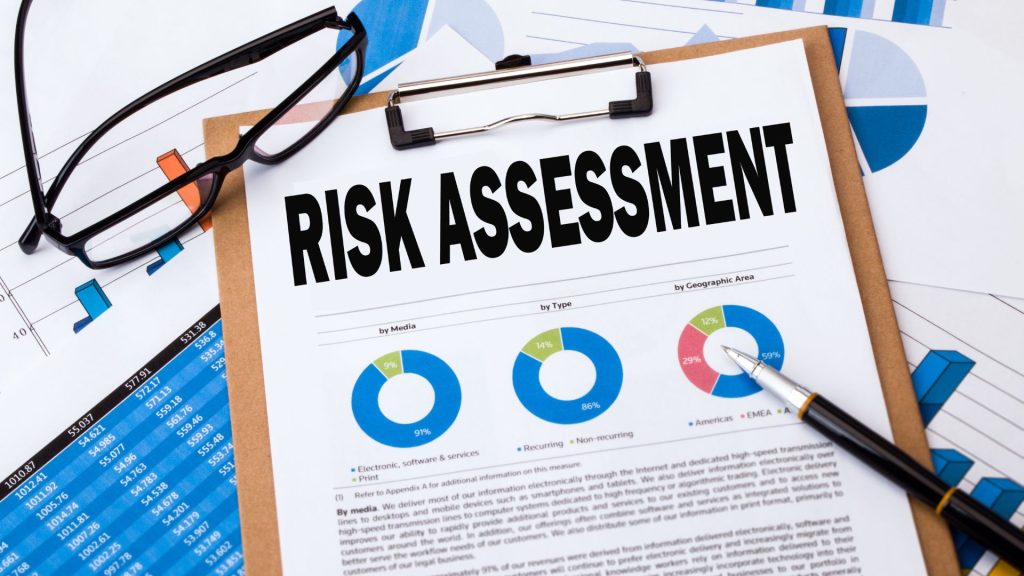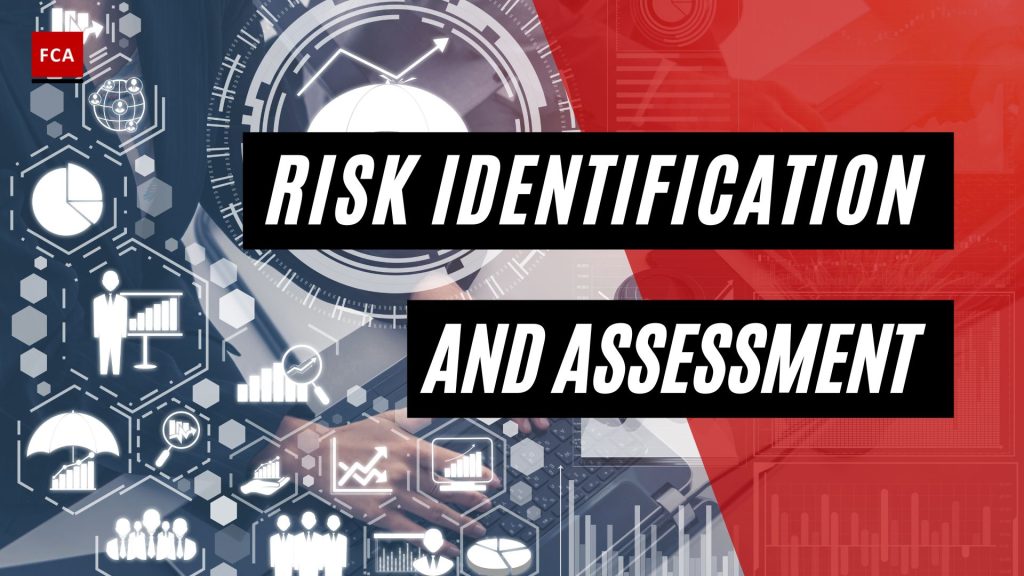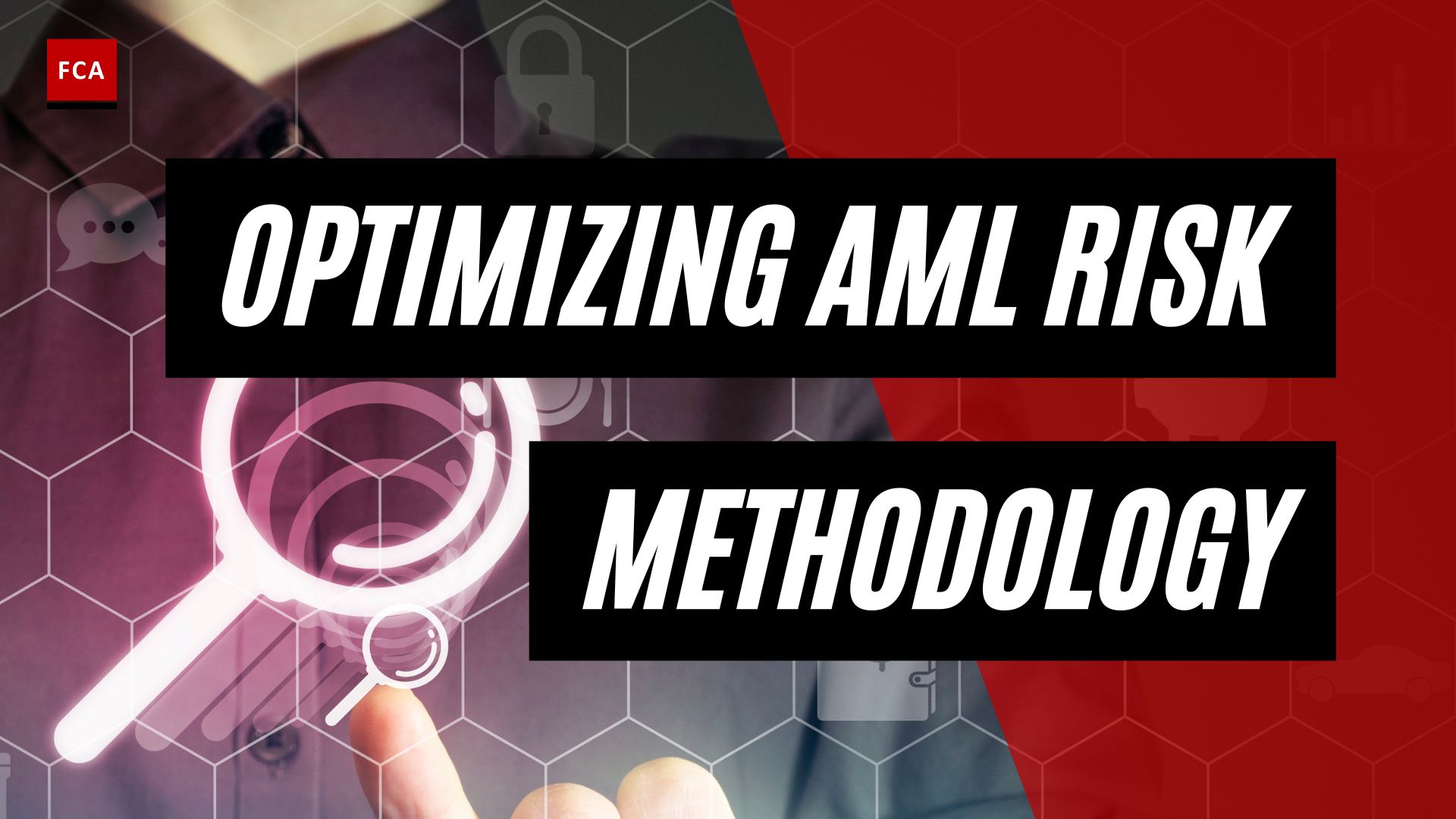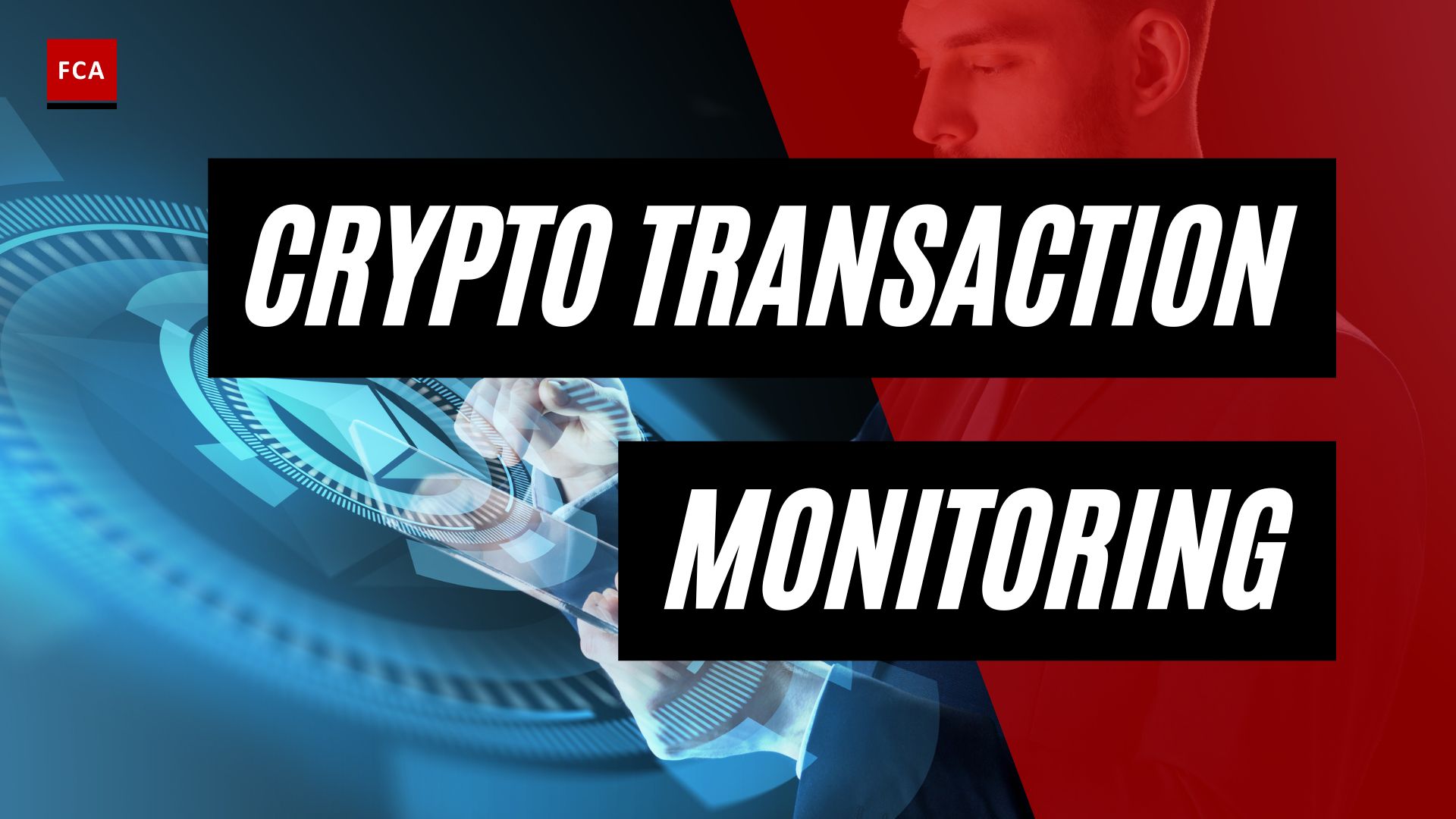The ML/TF risk identification and assessment is a process that involves the review of historical financial transactions and other related information, to identify the financial crime risk indicators in a particular department or function of the entity. It involves the analysis of various conditions that highlight the breaches of internal controls, and any possible management bias for the actual financial crime incident.
The identification process is also a forward-looking activity to assess the possibilities of reoccurrence of financial crime incidents. To assess the reoccurrence of financial crime in the future in any particular department or function of the company, the investigators analyze the historical as well as current financial crime trends and incidents, to establish the inter-connections between them. This connection assessment helps in the prediction of possible future fraud incidents.

What is Risk Identification and Assessment?
To detect the incidents of money laundering or terrorists financing, all the processes and activities are studied to find the controls weaknesses and possible avenues, which are exploited by the employees or other stakeholders. ML/TF risk detection is an ongoing process that is performed to assess the possibilities of occurrence of fraud in any particular area of the department.
Through a whistle-blower program, the entity demonstrates its commitment to good corporate governance and the establishment of a anti-financial crime risk management culture that promotes a high degree of ethics and belief in its stated corporate values. The compliance framework and policies highlight the responsibility of the management and employees to report any identified financial crime risk or incident to the senior management of the company or the assigned financial crime management team.
ML/TF risk assessment is defined as the ‘process of understanding and analysis of financial crime risks that the organization is certainly exposed to’.
The possibility of occurrence of ML/TF risks necessitates the fraud risk assessment on periodic basis. ML/TF incidents and cases in organizations has resulted in depletion of profits, operating inefficiencies, and reputational losses to the organizations. For an organization, ML/TF risks are potential incidents and events that could occur and influence the achievement of the organization’s core objectives and goals. ML/TF risk assessment is about understanding the nature of such potential incidents and events and, taking appropriate measures to address the threats posed by such potential risks.
Risk Mitigation
Devising risks mitigation strategies based on risk assessed are important because unaddressed risk incidents negatively hit the different profiles of the organizations such as financial, operational, and reputational. Fraud risk assessment frameworks help perform, evaluate, and reporting the results of the fraud risk assessment. To perform fraud risk assessment the organizational culture and its specific needs must be considered.
The knowledge base is created, to identify potential inherent financial crime risks in the business and operations of the organization. The knowledge base is created through meetings and coordination with people in the organization. Such coordination and meeting may include interviews, discussions, and observations of the processes and activities. Process owners are the people, who possess the actual knowledge base of the operations and activities in their relevant departments.
External sources such as information from the customers in the form of complaints or inquiries may also indicate the possibility of fraud risks in a particular department or function. Regulatory authorities may also enquire regarding potential frauds, which also serves as the identification point for fraud risks in a particular area of the organization.

Once the risks are identified from different sources, the likelihood of the occurrence of fraud is assessed. Assessing the likelihood is a subjective process because usually relevant data or information is not available to the organization that accurately predicts the likelihood of particular financial crime risk.
To assess the likelihood of the financial crime risks, the organization may consider various factors such as past incidents, the prevalence of risk in the industry, internal control environment, available resources to address financial crime, prevention efforts by management, ethical standards followed, unexplained losses, customer complaints, etc.
Based on general assessment and utilization of available information, the risk assessor develops or designs the preventive and detective controls in various processes and activities of the organization. Once the likelihood of financial crime risks are assessed, then the frequency of occurrence of the risks are to be assessed. The frequency is assessed based on the availability of past or historical information about the fraud incidents.
Once the definition of impact and likelihood is defined to be used for risk assessment purposes, the inherent impact risk assessment is performed for identified fraud risks. Impact means the financial loss the organization may face if the fraud risk occurs. The impact may also be linked with the reputation of the organization but usually, quantification elements are considered to assess the inherent impact of the fraud risks.
Final Thoughts
Risk assessment refers to the overall process or method of identifying hazards and risk factors that have the potential to cause harm or hazard identification. Analyze and assess the danger associated with that hazard, risk analysis, and risk evaluation.The risk identification and assessment process is an essential component of effectively managing risks or events that are part of an organization’s operational risk. Risks are identified and classified according to risk category. Each risk is then evaluated and prioritized based on its impact in order to direct management attention to the most critical risks.









